Many years ago, I met with a therapist because I was struggling with a growing awareness that I was a lesbian. He told me to look and act more like a lady and I would feel better. It didn’t work.
If I had known then what I know now, I may have avoided a lot of unnecessary pain. I wish that the therapist had explained that sexual orientation, gender identity, and gender roles are all separate aspects of self-identity. I wish I had known then that sexual orientation and gender identity seem to be biologically-determined and cannot be changed. Peace in those areas eventually came from learning to respect that inner voice that guided my romantic attractions and informed my inner sense of “genderness.” From that place of inner self-respect, it became easier to express my attractions and gendered self in ways that felt congruent.
Gender roles are different from sexual orientation and gender identity in that gender roles are socially-determined and change over time. Picture for a moment someone who works as a secretary. What does this person look like to you? Did you picture a female? The majority of us probably did associate “secretary” with “female” because post-World War II American society decided that secretary was an appropriate job for women. However, prior to WWII, that was a job typically held by men.
Gender roles are deeply socialized from early in life and are difficult to escape. The blue or pink blankets as baby gifts. The proud comments about a solid male toddler: “He’s all boy.” The messages we give children about appropriate expression of emotion that may differ from boys and girls. Even societal dress codes for boys and girls, men and women subtly socialize people toward traditional expression of gender roles. It would be difficult for someone wearing a skirt and heels to play a pickup game of basketball.
Cognitive psychologists tell us that the human brain naturally categorizes things. This is how the brain quickly recognizes something as a chair or as a dog with very little effort, even if we have never before seen that specific type of chair or dog. Gender roles may be another example of the brain’s attempt at categorization of “things that men do” and “things that women do.” Although this may be an efficient way for the brain to operate, it can cause cognitive dissonance when a person encounters something that does not fit neatly into a category. While some respond to this dissonance by softening their definitions for that cognitive category, others respond with anger. Unfortunately, many of us have faced painful taunts when we have looked or acted in a way that did not fit someone else’s concept of how a male or female was supposed to be. Many of us have also experienced significant cognitive dissonance as we recognized parts of ourselves that did not fit our inner categories for men and women.
You may have already done significant work in your life to identify your sexual orientation and gender identity. I hope that you have found many ways to express those aspects of yourself so that your public self matches your inner self as closely as possible. Have you also done the work of identifying the aspects of yourself that make up your gender expression? Do you dress, act, and look in a way that really works for you? In your consideration of career, extracurricular activities, and relationships, have you really checked inside to make sure that you are doing these things because they are the best fit for you? Do you interact with your friends and family in ways that correspond with your true sense of yourself, or do you fill roles that you or your family or society have constructed for you?
If you think that you want to do some work in this area, you can start by identifying those areas in your life where you feel your inner sense of self matches really well with your expressed self. There might be certain aspects of your job where you feel particularly competent; tasks around your house or apartment that you really enjoy; a physical activity that helps you to feel particularly connected to your body. Notice what it feels like emotionally and physically right now as you remember doing these things. This is what it feels like to have your external expression of self aligned with your inner self. Now think of some areas in your life where you may not be in such sync. Tasks you do on the job because they have to be done. How you feel when wearing something because it fits the situation instead of fitting your sense of self. Roles you play in relationships because they are expected of you. Now notice how you feel physically and emotionally. This is how it feels to be following roles that do not fit for you.
All of those years ago when that therapist told me to look and act more like a lady, I did what he said. I bought dresses, figured out how to walk in heels, and started putting on make-up. I joined a women’s bible study group, made friends with people who seemed to be “real ladies,” and spent more time sitting around talking and less time tromping around in the woods with my dog. The more time I spent filling these stereotyped gender roles, the more miserable I became until I just couldn’t stand it any longer. That was the beginning of the journey to health for me. I encourage you to look inside, identify those aspects of yourself that you are not fully expressing, and find ways to gently change.

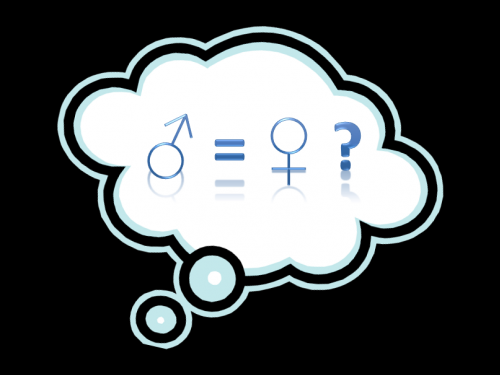


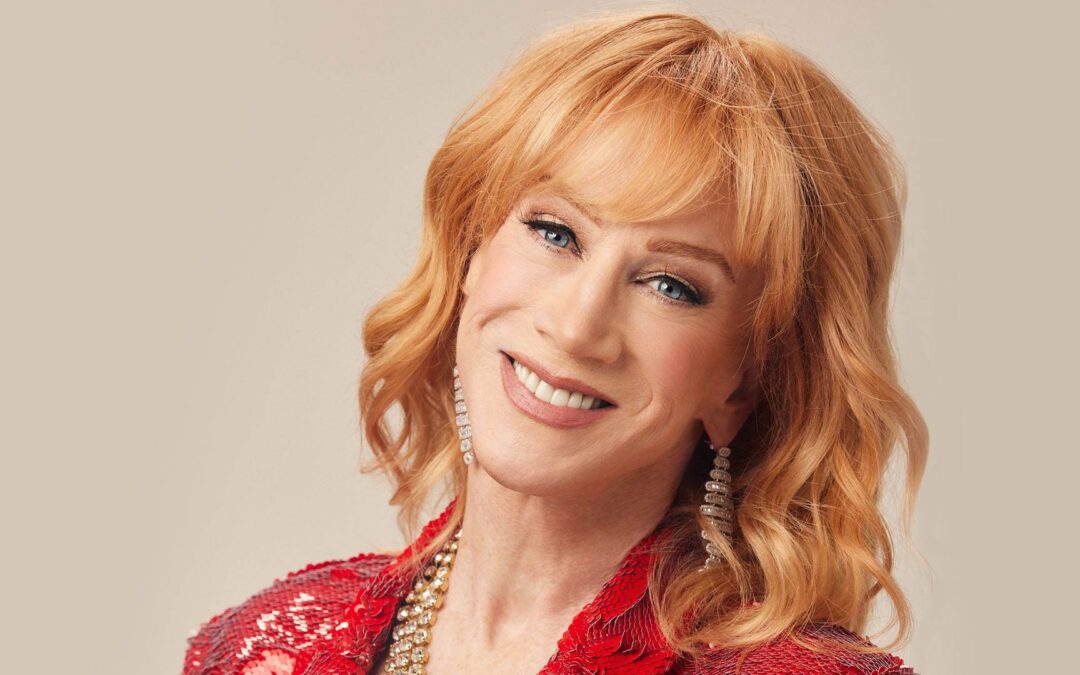
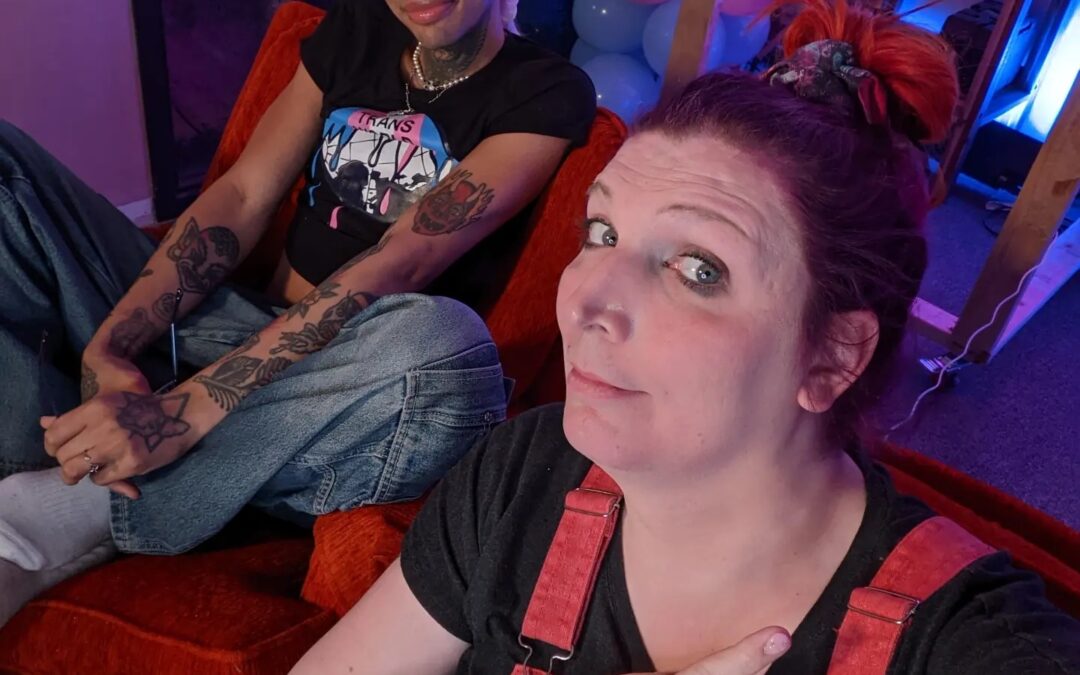


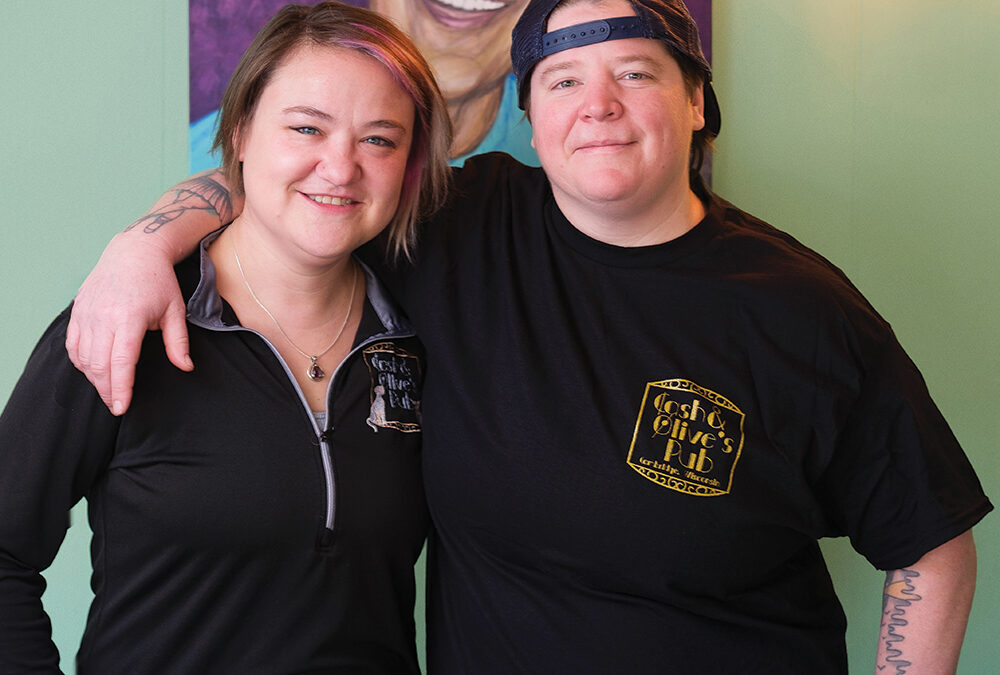

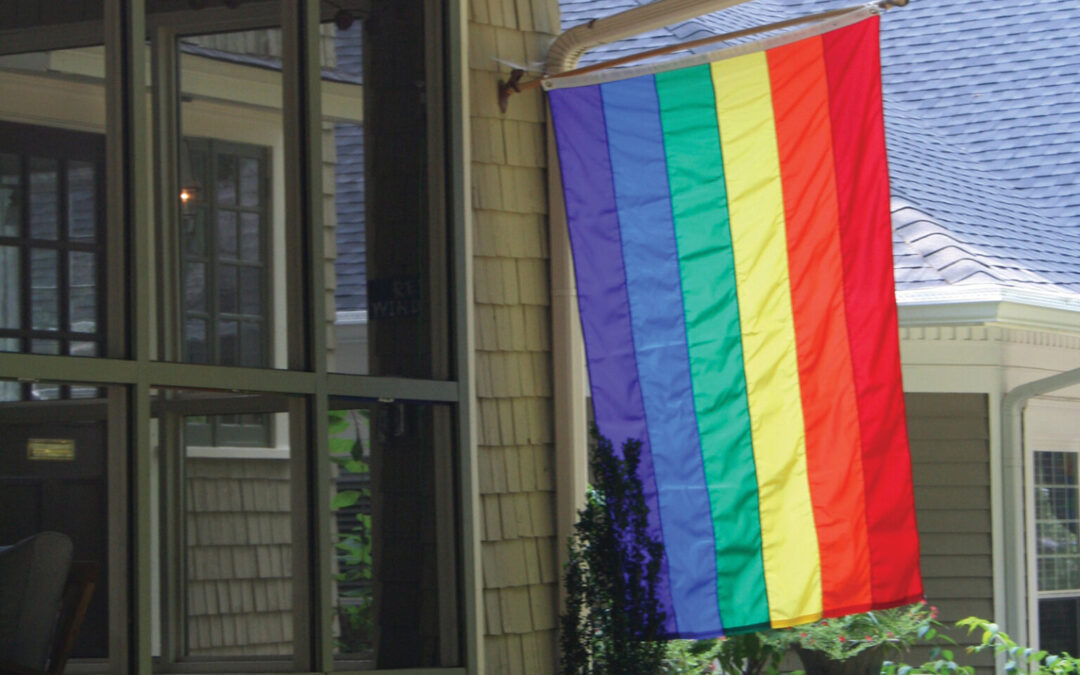
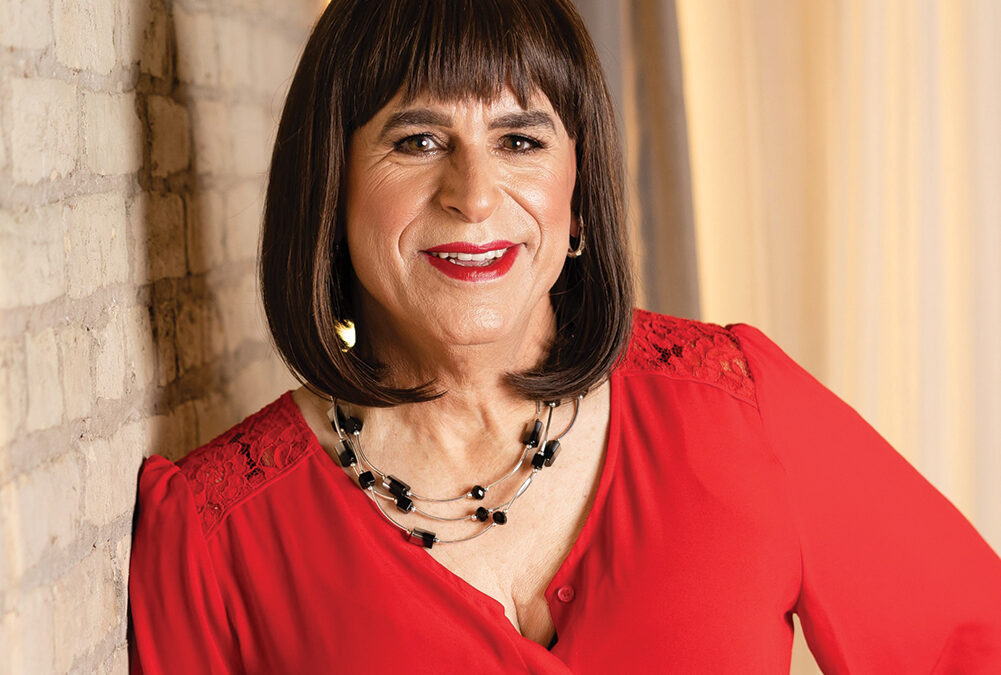

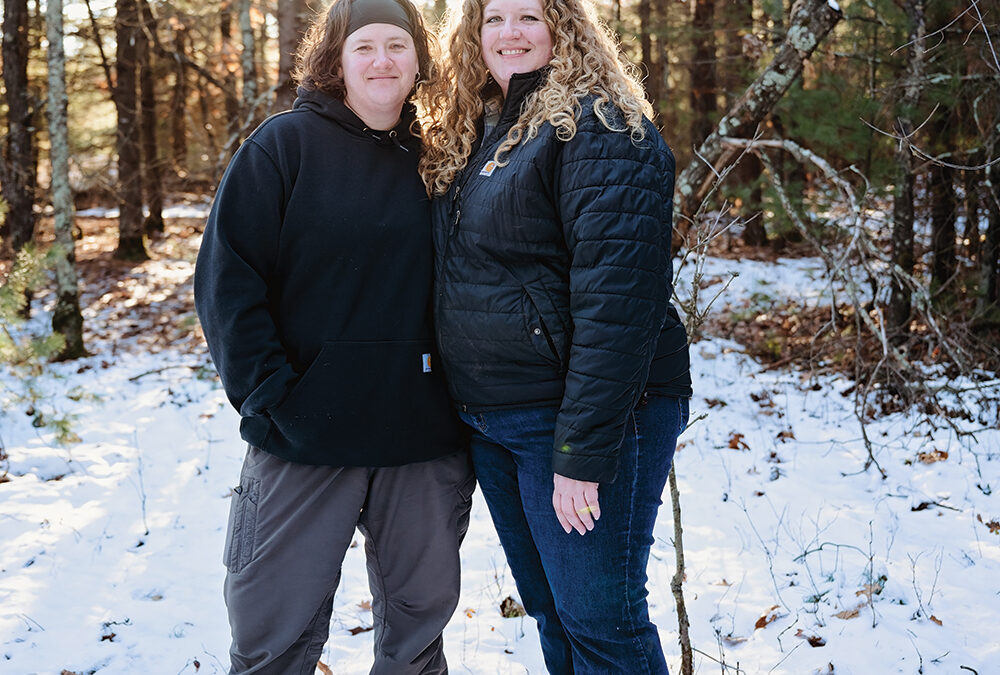










0 Comments